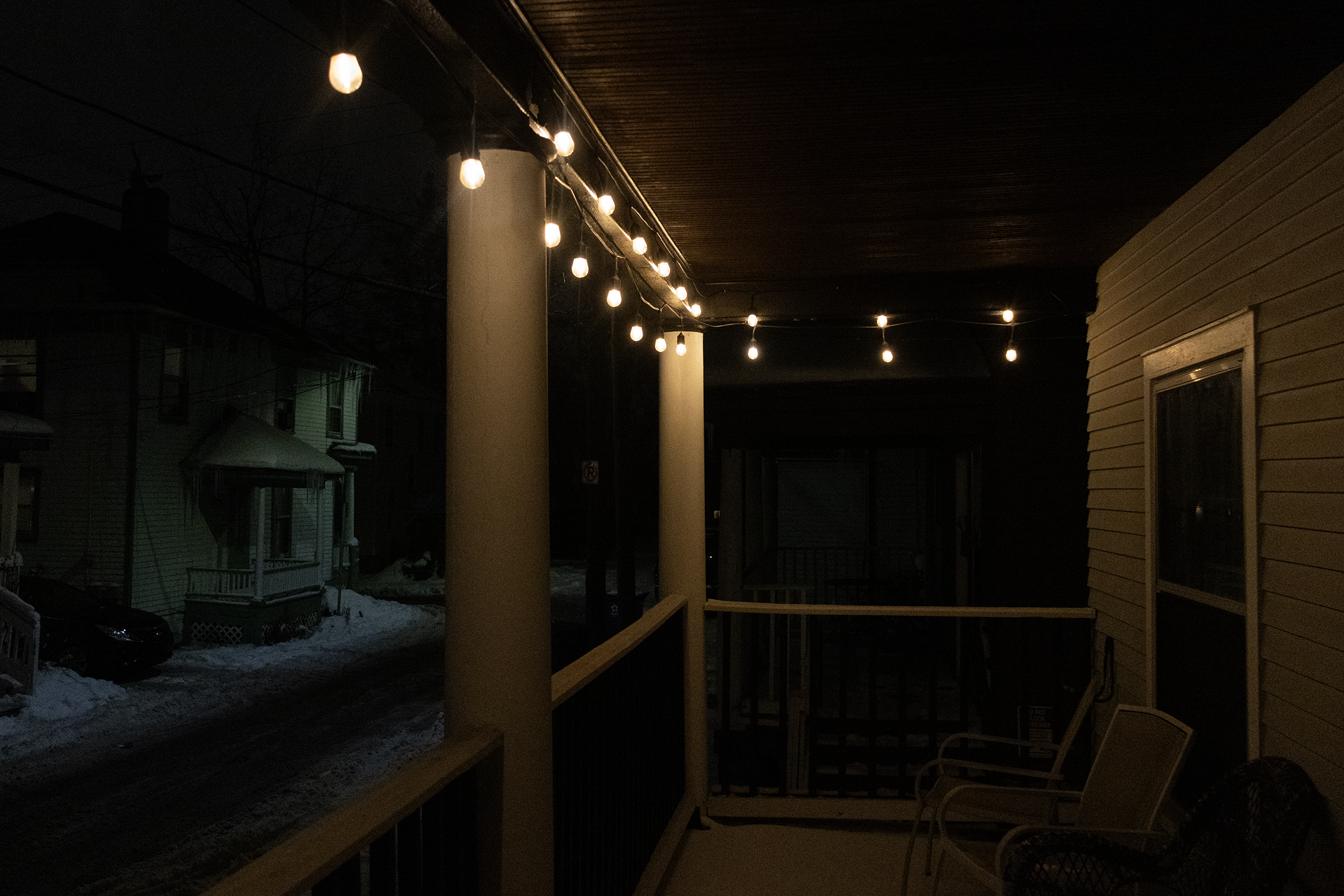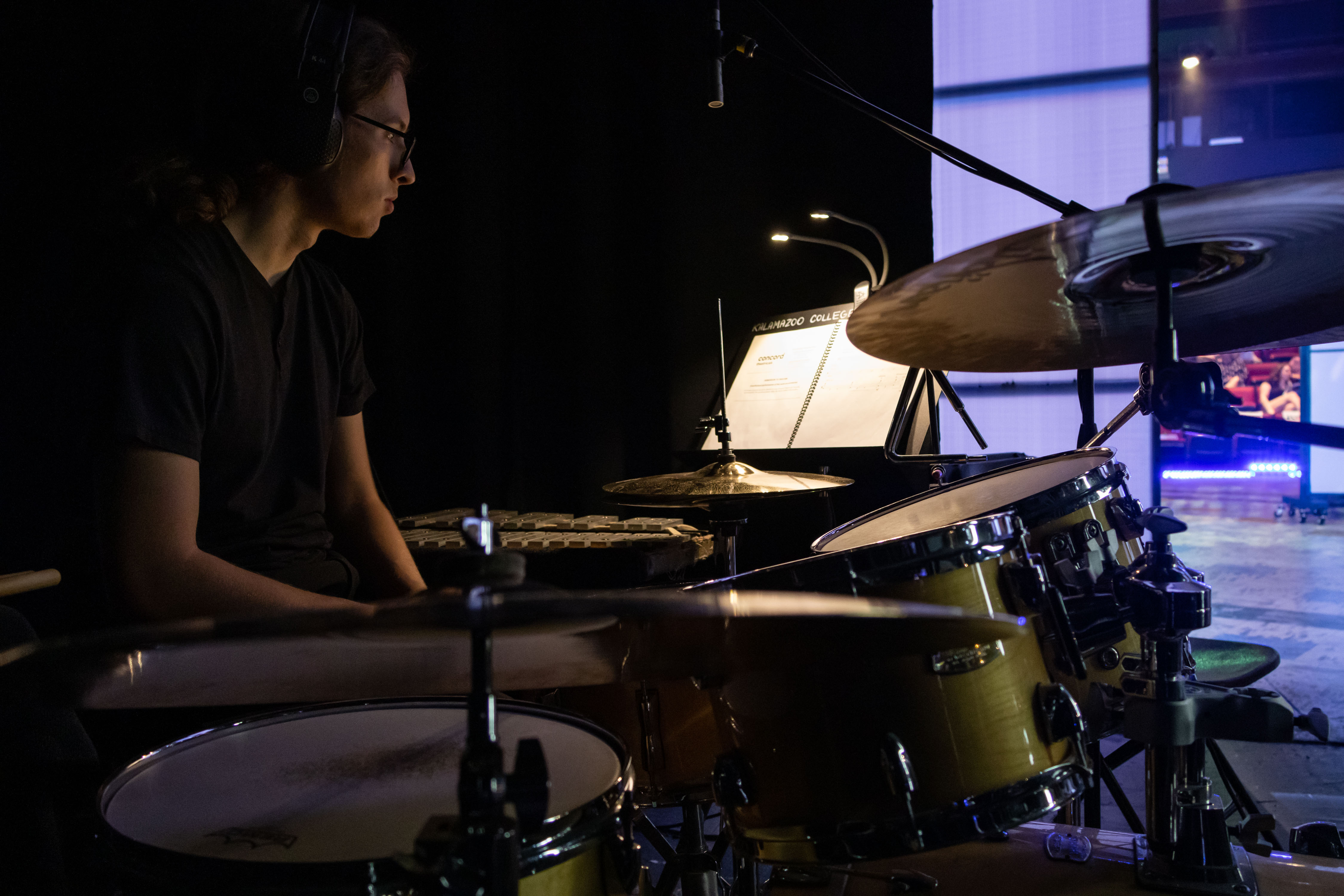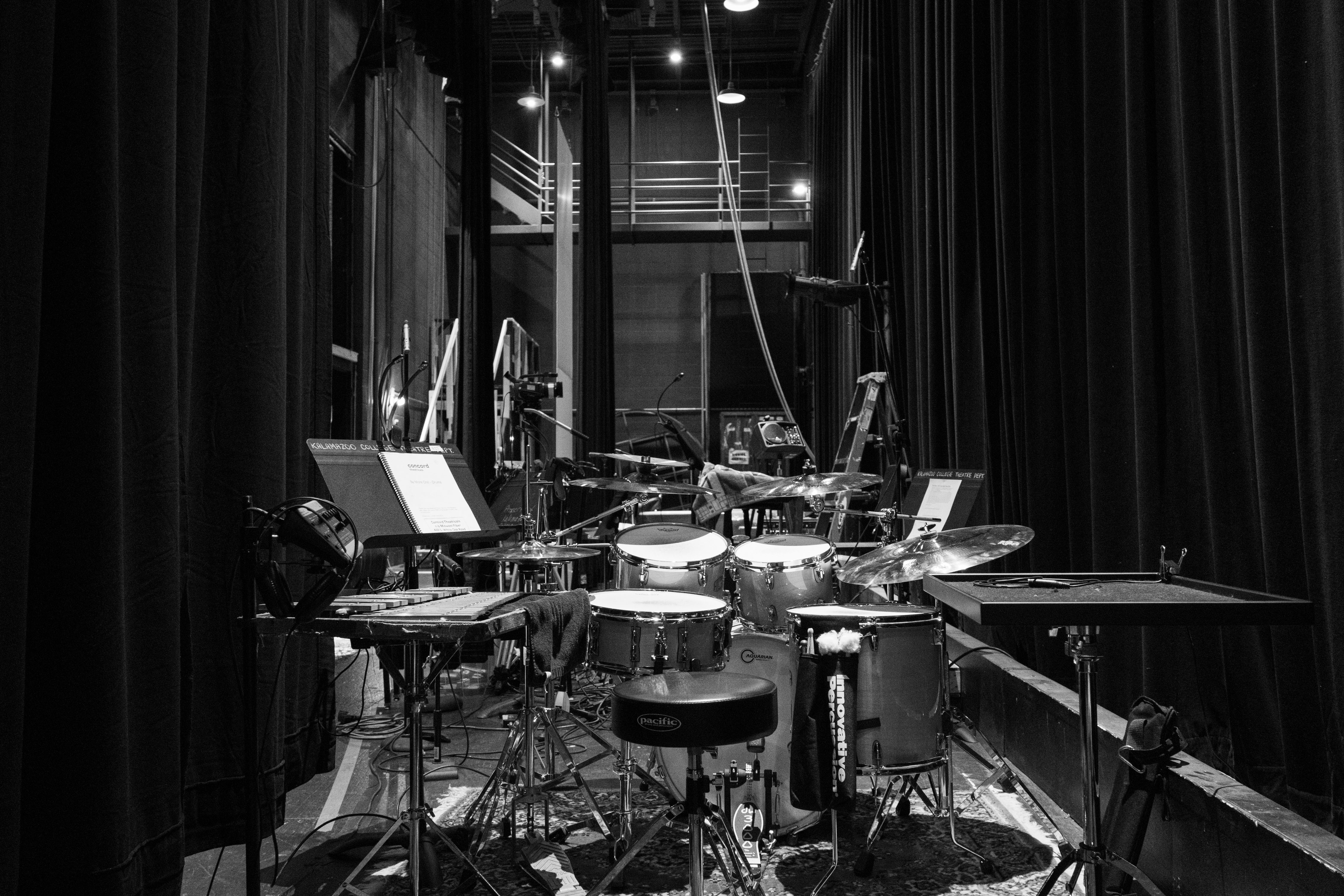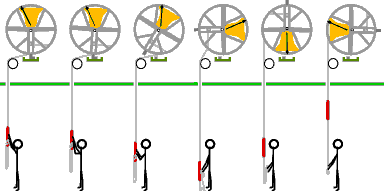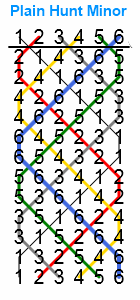
About Me
Hey there! My name is Xavier Silva. Currently I'm job seeking to start my career in technology with a focus in software development and IT.
I earned my Bachelor of Arts in Mathematics and Computer Science graduating summa cum laude from Kalamazoo College in 2024. Some notable projects of mine include my senior thesis on icosahedral virus transformations and the HornetHQ 2.0 prototype from an advanced software development class.
Beyond the academics, I am involved with numerous music ensembles, though the one the stuck with me the most is the art of English Change Ringing. In fact, it's such a big part of my life I have a whole page on this website dedicated to it! Even after graduating, I am still an active ringer at Kalamazoo!
I also have a hobby in photography, which I picked up from taking a couple of photography classes during college. I've put up a few of my best works on this website under the photography page.
